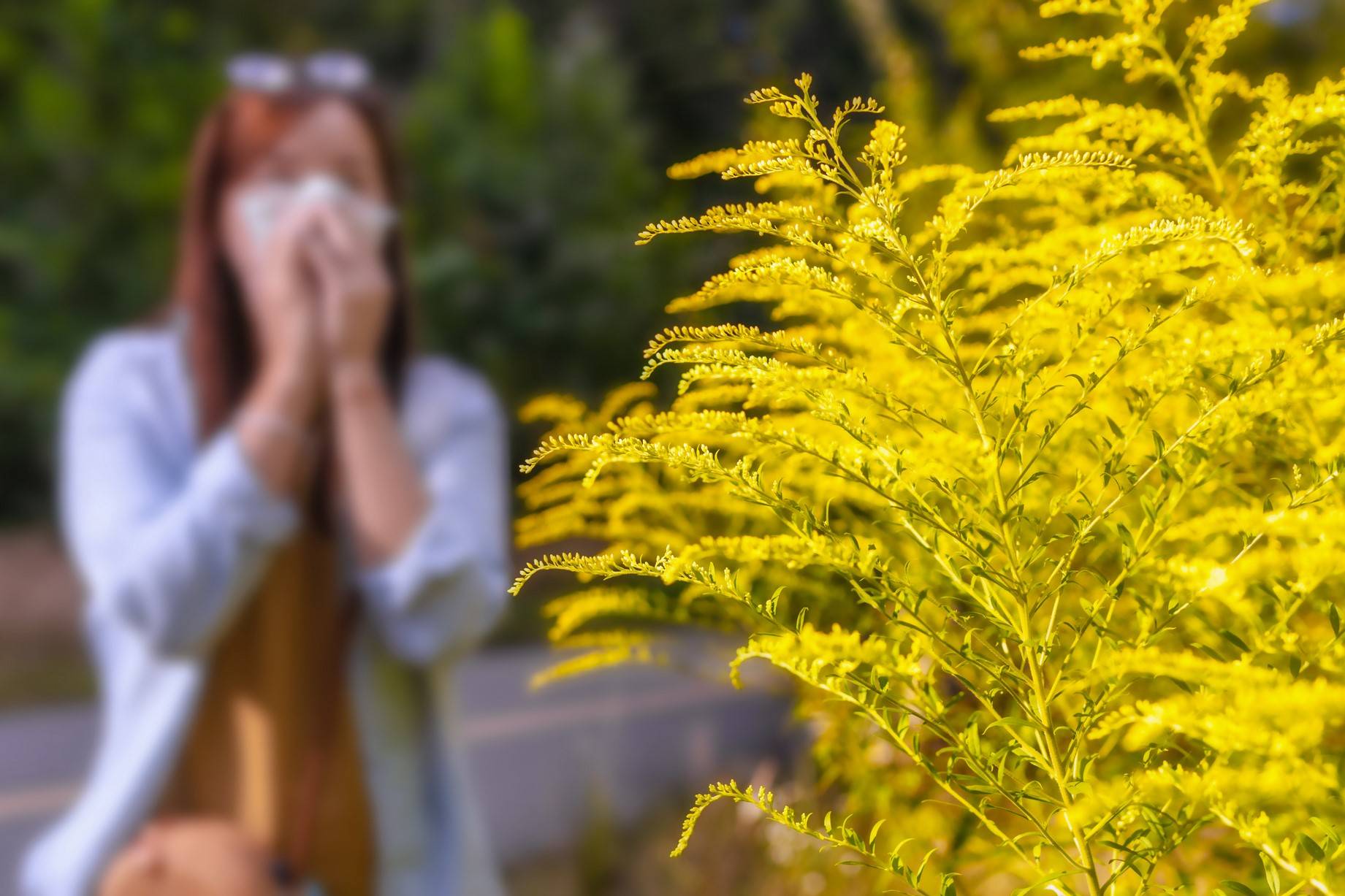Have a stuffy nose, need to sneeze and feel feverish? The pandemic might make you think that you've got COVID-19. Instead, there’s a chance you have succumbed to a growing seasonal health problem in Japan and elsewhere: fall allergies.
Unlike allergies from cedar and cypress pollen, which hit in the spring, fall allergies — caused by several grasses and weeds — are less recognized in Japan, though they seem to be afflicting a growing number of people and could be worsening due to climate change.
Here’s what you need to know about fall allergies:

















With your current subscription plan you can comment on stories. However, before writing your first comment, please create a display name in the Profile section of your subscriber account page.